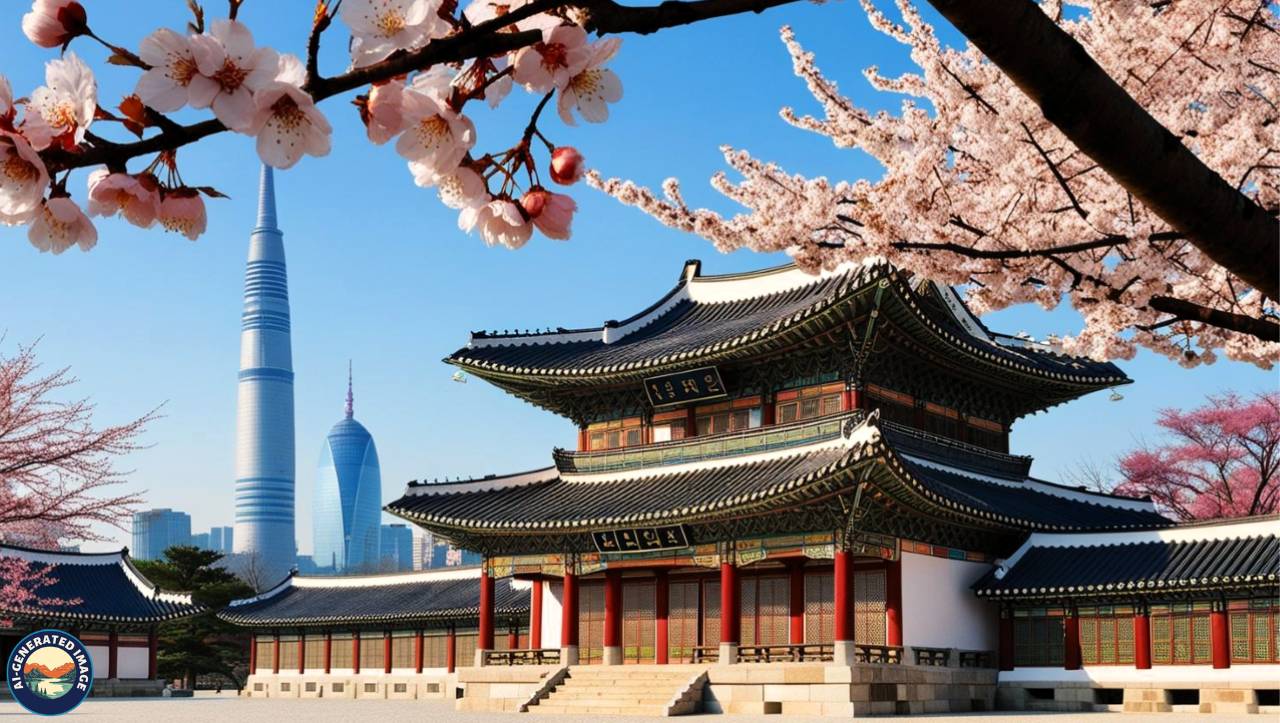Introduction
South Korea is a fascinating country where ancient traditions seamlessly coexist with cutting-edge technology. From centuries-old palaces and tranquil temples to gleaming skyscrapers and high-speed internet, the nation offers a compelling mix of the past and present. Whether you’re drawn by the energy of K-pop, the calm of Buddhist monasteries, the bold flavors of Korean cuisine, or the scenic beauty of its landscapes, South Korea provides an unforgettable journey. This guide explores everything you need to know—from history and culture to travel tips and iconic destinations—so you can plan the perfect trip to this vibrant East Asian gem.
A Journey Through South Korea’s History
Korean civilization has evolved over thousands of years, shaped by powerful dynasties, foreign invasions, resilience, and cultural renaissance. The early Three Kingdoms—Goguryeo, Baekje, and Silla—dominated the peninsula, with Silla eventually unifying the region, laying the foundation for a cohesive national identity.
The Goryeo Dynasty followed, giving Korea its modern name. This era is noted for its cultural achievements, including Buddhist art, celadon pottery, and the development of movable metal type.
The subsequent Joseon Dynasty, which lasted over 500 years, had a lasting influence on Korean society. Rooted in Confucian principles, it shaped education, family structures, and governance. One of the most notable achievements was the creation of Hangeul, the Korean alphabet, by King Sejong the Great, which significantly improved literacy across the population.
In the 20th century, Korea endured Japanese occupation (1910–1945) and the destructive Korean War (1950–1953), leading to its division into North and South Korea. Despite this turbulent past, South Korea has emerged as a thriving democracy and a global cultural and economic leader.
Geography and Seasons
Located on the southern part of the Korean Peninsula, South Korea shares a heavily fortified border with North Korea. Despite its relatively small size, the country features remarkable geographical diversity.
-
Mountains cover about 70% of the land, making it ideal for hiking and nature enthusiasts.
-
The coastline, dotted with charming islands and bustling fishing villages, offers plenty of opportunities for water-related activities.
-
Major urban hubs include Seoul, Busan, Incheon, Daegu, and Daejeon, each with its unique character.
Climate Overview
-
Spring (March–May):
-
Mild weather and cherry blossoms are in full bloom.
-
Summer (June–August):
-
Hot and humid, with occasional monsoon rains.
-
Autumn (September–November):
-
Cool, crisp air and vibrant fall foliage.
-
Winter (December–February):
-
Cold and snowy—ideal for winter sports.
Cultural Depth and Heritage
South Korea’s cultural heritage is deeply influenced by Confucian ideals that emphasize respect, community, and social harmony. These values still shape interpersonal relationships and societal structures today.
Traditional Clothing: The Hanbok
The hanbok is a traditional Korean outfit characterized by vibrant colors and graceful lines. It’s commonly worn during special occasions, such as weddings and national holidays, symbolizing elegance and balance.
Language and Writing
The official language is Korean, written in Hangeul, a unique and logical alphabet developed in the 15th century. It’s celebrated for its scientific design and ease of learning, even for foreigners.
Cultural Norms
-
Bowing is the traditional form of greeting.
-
Use both hands when giving or receiving something.
-
Always remove your shoes before entering a home.
-
Indirect communication and politeness are highly valued.
Major Festivals
-
Chuseok:
-
A harvest festival similar to Thanksgiving, involving ancestral rites and family feasts.
-
Seollal (Lunar New Year):
-
Celebrated with traditional games, food, and formal bows to elders.
-
Buddha’s Birthday:
-
Marked by lantern parades and visits to temples across the country.
Must-See Destinations
Seoul
The capital city, Seoul, is a dynamic blend of historic landmarks and modern innovation. Top attractions include:
-
Gyeongbokgung Palace:
-
A grand royal complex where you can witness the changing of the guard ceremony.
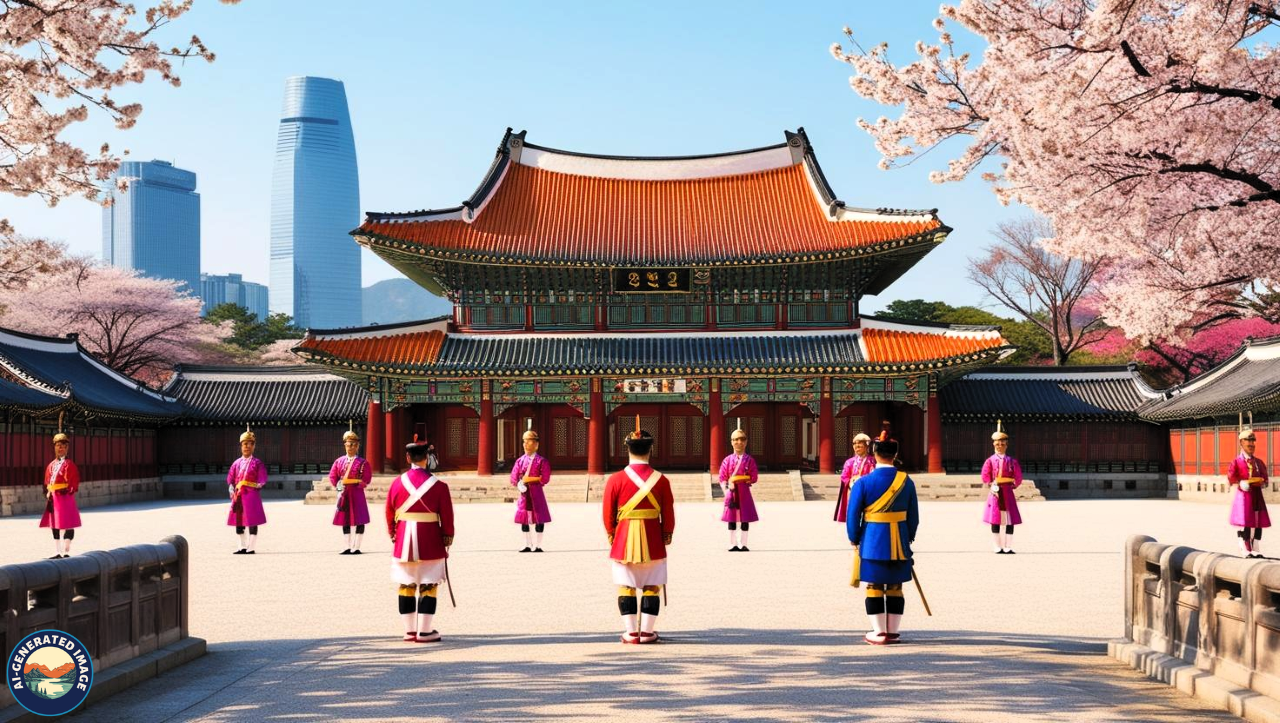
-
Bukchon Hanok Village:
-
A neighborhood filled with well-preserved traditional houses (hanoks).
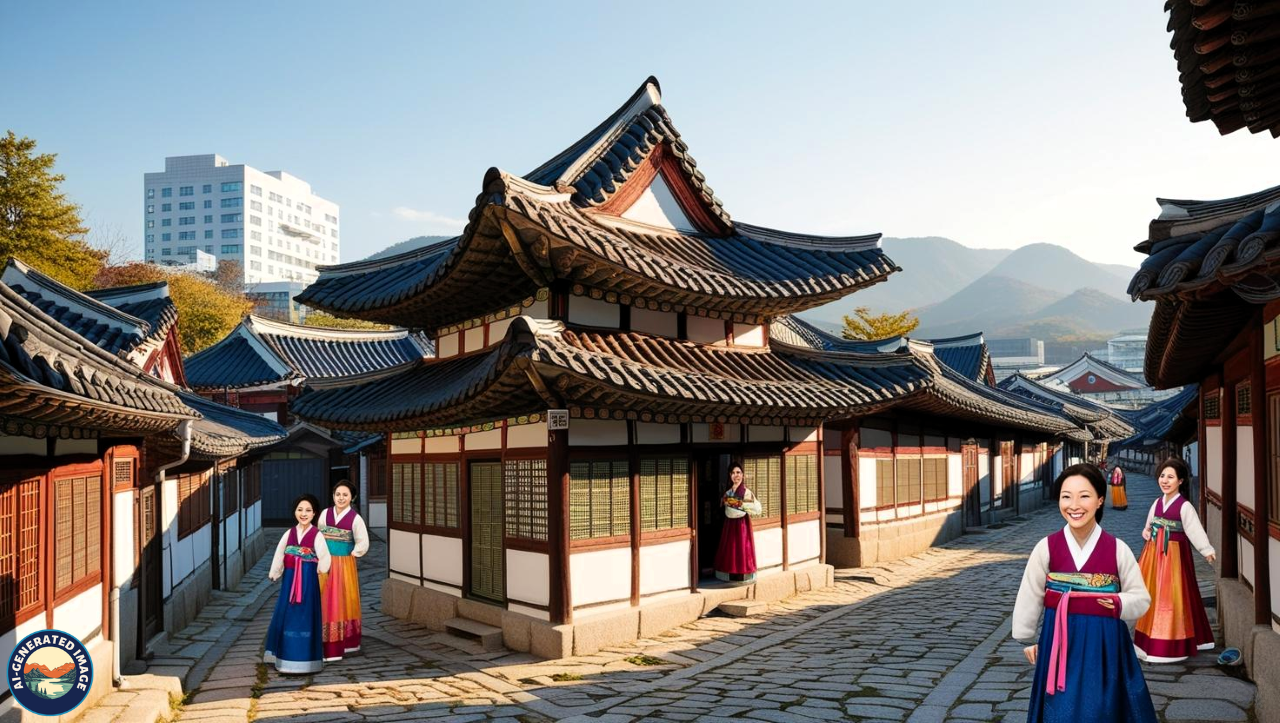
-
Namsan Seoul Tower:
-
Offers panoramic views of the sprawling metropolis.

-
Insadong & Myeongdong:
-
Popular districts for shopping, street food, and cultural experiences.
Busan
South Korea’s second-largest city, Busan, is known for its beaches, temples, and seafood.
-
Haeundae Beach:
-
A popular spot for sunbathing and festivals.
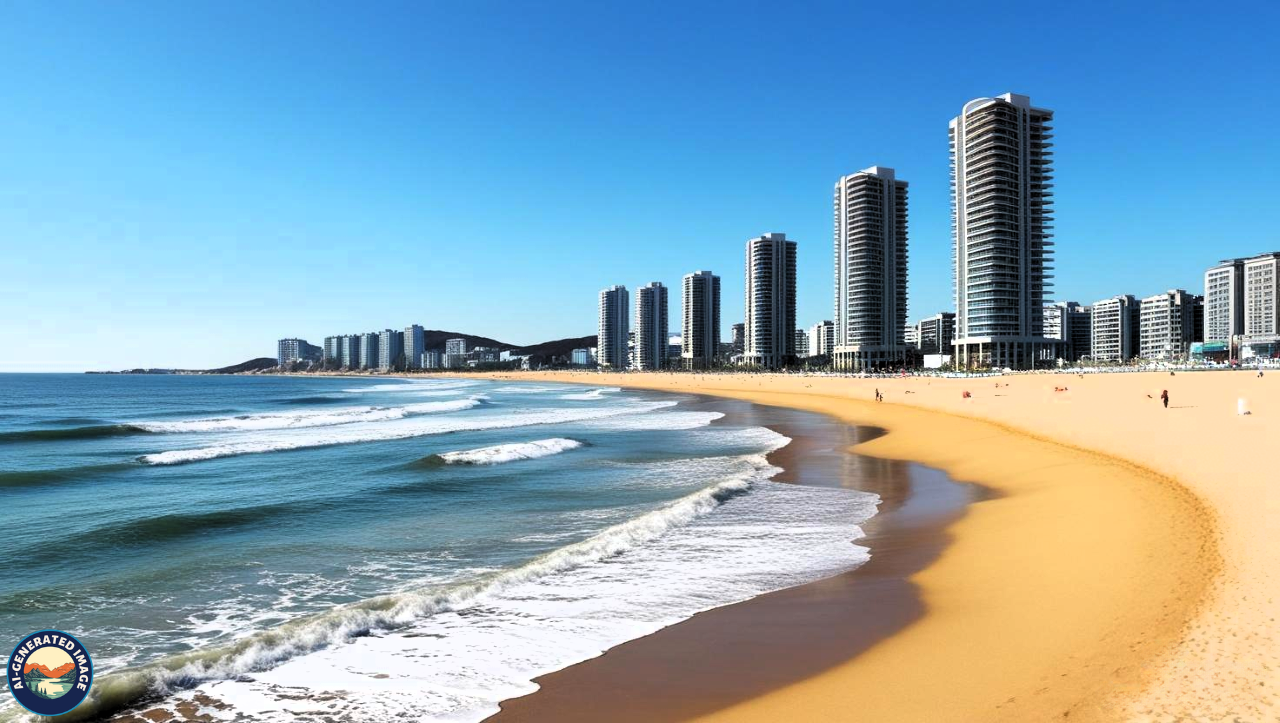
-
Gamcheon Culture Village:
-
A colorful community filled with art, murals, and quirky cafés.
-
Haedong Yonggungsa Temple:
-
A rare seaside temple that offers breathtaking views of the ocean.
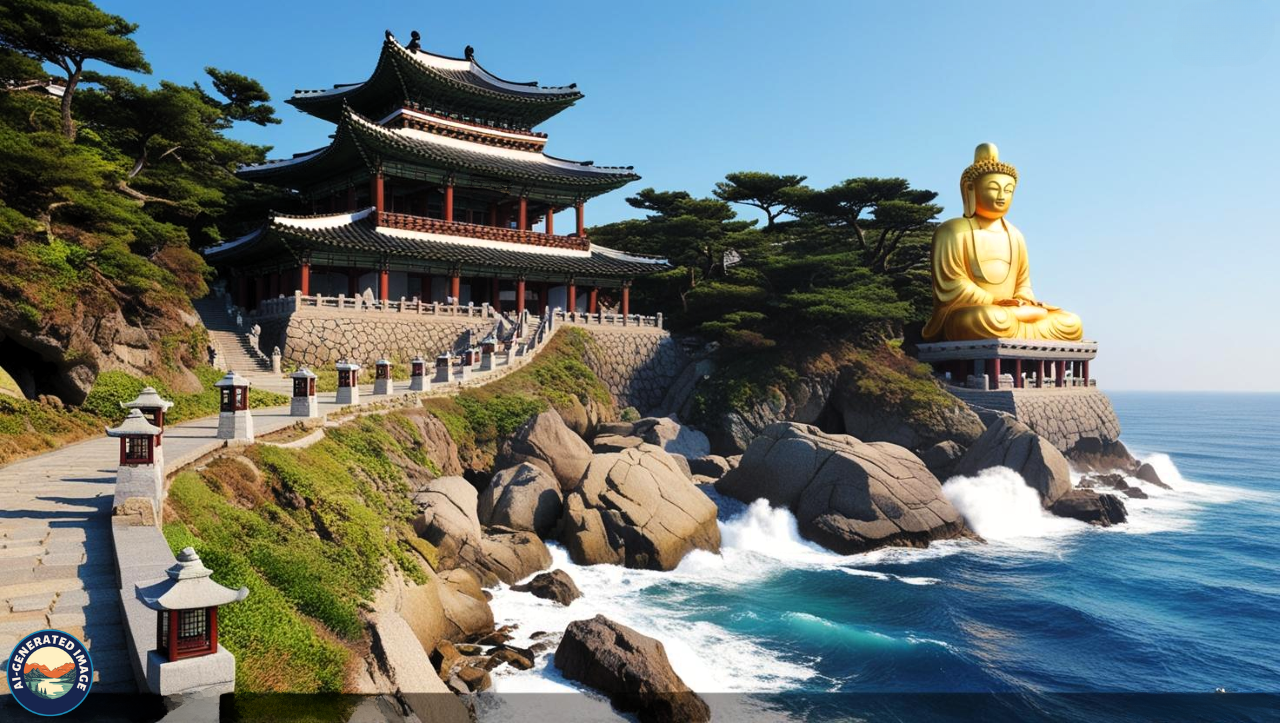
Jeju Island
A UNESCO World Heritage Site, Jeju Island is known for its natural beauty and relaxed pace of life.
-
Hallasan Mountain:
-
South Korea’s highest peak, ideal for hiking.
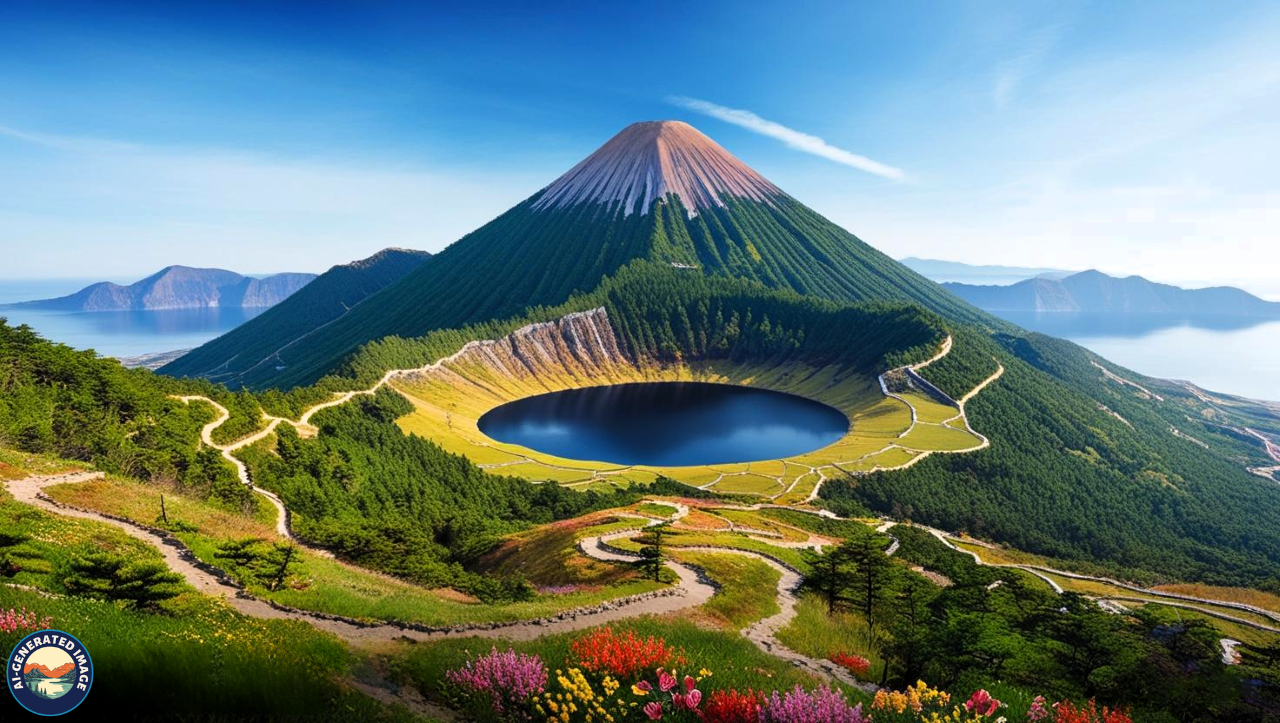
-
Seongsan Ilchulbong (Sunrise Peak):
-
A volcanic crater is perfect for catching sunrise views.

-
Jeongbang & Cheonjiyeon Waterfalls:
-
Stunning sites surrounded by lush scenery.
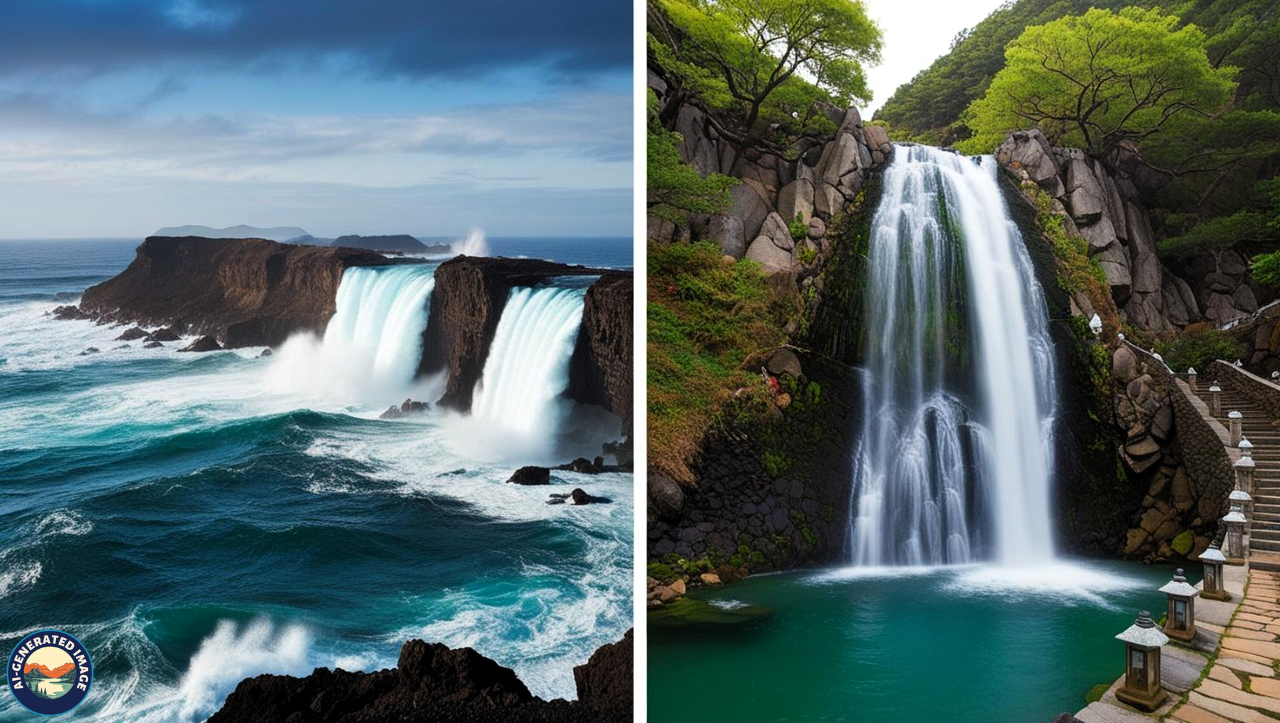
Gyeongju
Once the capital of the Silla Kingdom, Gyeongju is a historical treasure trove.
-
Bulguksa Temple:
-
A UNESCO-listed Buddhist temple showcasing traditional architecture.
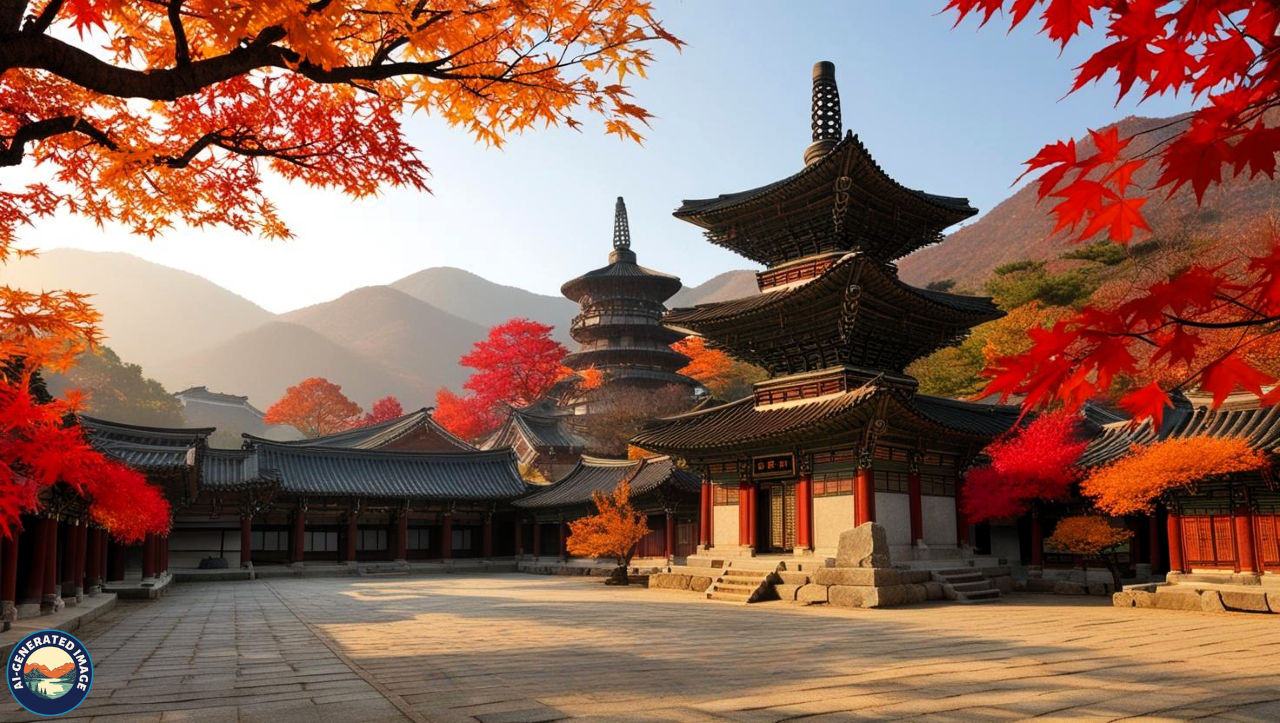
-
Seokguram Grotto:
-
Home to a serene stone Buddha statue in a mountain cave.
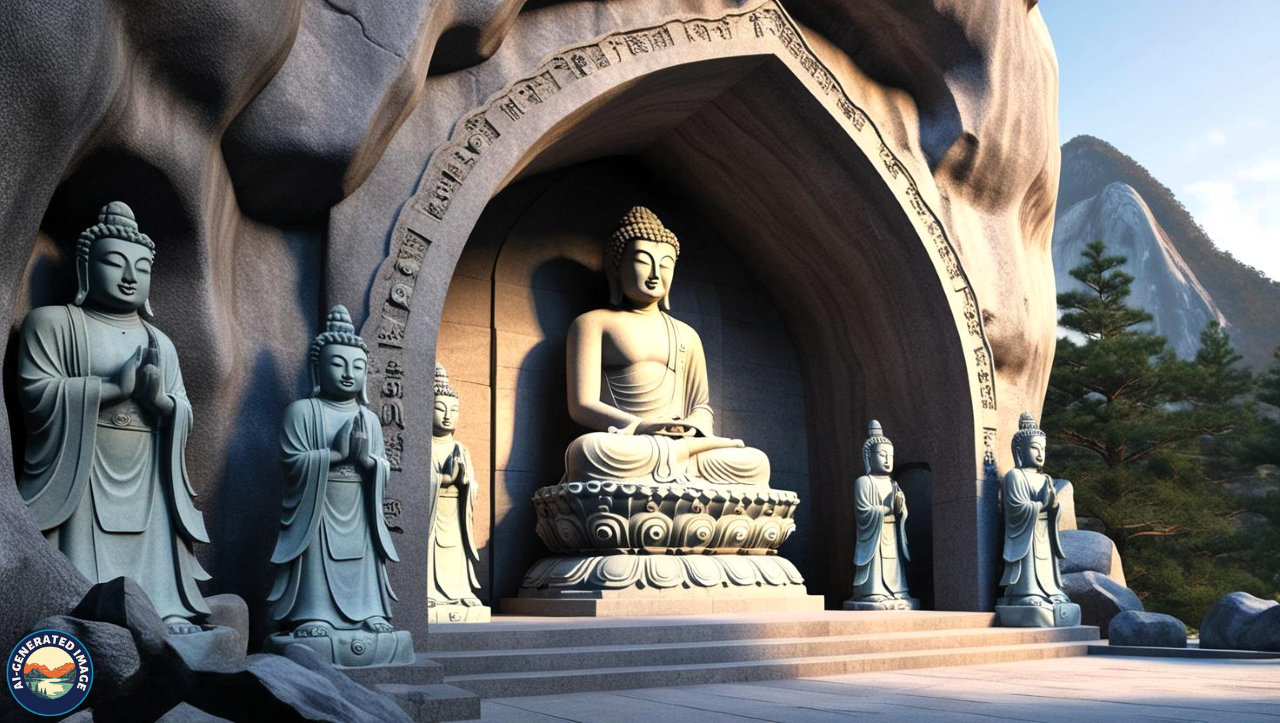
-
Cheomseongdae Observatory:
-
The oldest existing astronomical observatory in Asia.
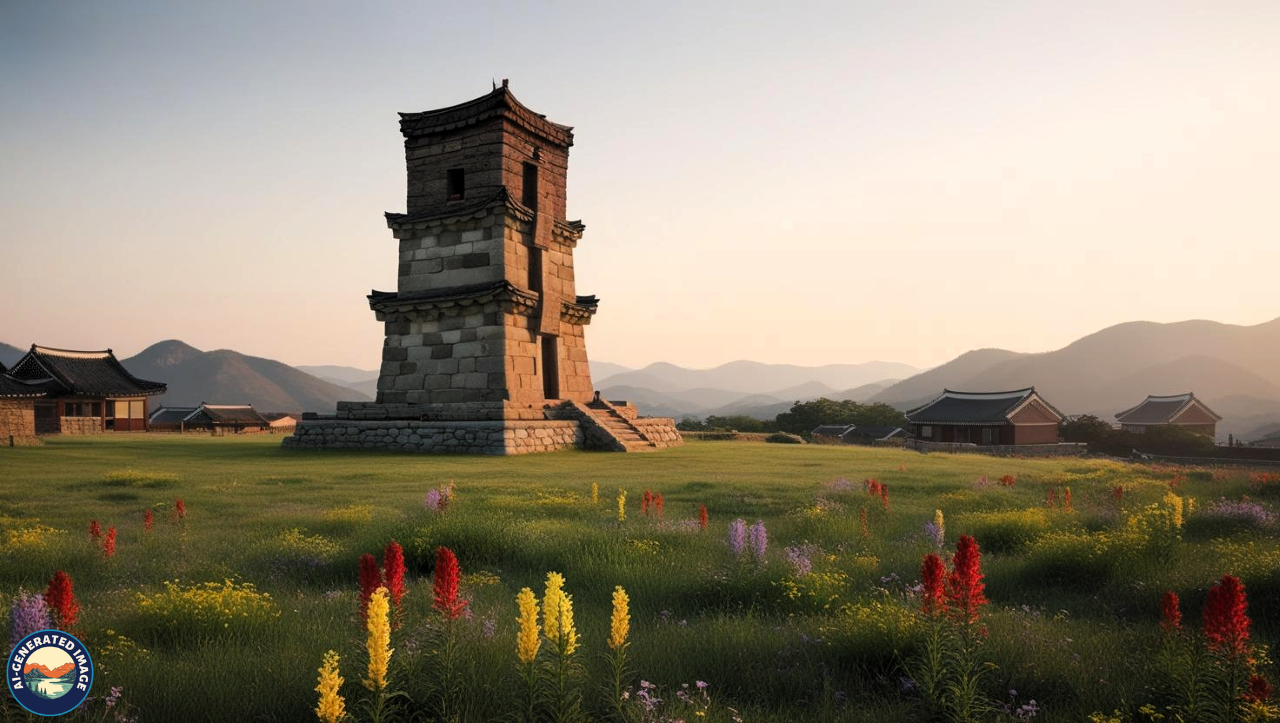
DMZ (Demilitarized Zone)
The DMZ offers a unique glimpse into the division between North and South Korea.
-
Third Infiltration Tunnel:
-
Discovered in 1978, believed to have been dug by North Korea.
-
Dora Observatory:
-
Allows visitors to peer into North Korea through telescopes.
-
Dorasan Station:
-
A symbolic train station representing hopes for reunification.
Korean Cuisine: More Than Just Kimchi
Korean cuisine is bold, flavorful, and communal, with meals typically served with a variety of banchan (side dishes).
Popular Dishes
-
Kimchi:
-
A spicy, fermented vegetable dish and national staple.
-
Bibimbap:
-
A rice bowl topped with vegetables, meat, egg, and gochujang (chili paste).
-
Bulgogi:
-
Marinated, grilled beef, often served with rice and side dishes.
-
Samgyeopsal:
-
Grilled pork belly is enjoyed with dipping sauces and lettuce wraps.
Street Food Delights
-
Tteokbokki:
-
Chewy rice cakes in a sweet-spicy sauce.
-
Hotteok:
-
Sweet pancakes filled with brown sugar, cinnamon, and nuts.
-
Odeng (Fish Cake Skewers):
-
Served warm with savory broth.
Korean BBQ
A social dining experience where diners grill meats at their table and enjoy them with assorted sides and sauces.
Temple Cuisine
Offered at Buddhist temples, this plant-based cuisine emphasizes balance, simplicity, and natural flavors without garlic or onion.
Hallyu: The Korean Wave That Took Over the World
South Korea has become a global cultural powerhouse, thanks to the rise of Hallyu, or the Korean Wave.
K-pop
Groups like BTS, EXO, and Blackpink have brought Korean music to the world stage with catchy tunes, sharp choreography, and massive fan bases.
K-dramas and Films
Television dramas such as Crash Landing on You and Goblin, along with films like Parasite, have gained international acclaim for their storytelling and production quality.
Beauty and Fashion
South Korea sets global trends in skincare and cosmetics, with innovations like sheet masks, BB creams, and glass skin. Seoul’s districts like Hongdae and Gangnam are fashion hubs filled with cutting-edge streetwear and boutiques.
Technology and Urban Innovation
South Korea is a world leader in technological infrastructure and innovation.
-
5G Coverage:
-
Among the fastest and most widespread globally.
-
Public Wi-Fi:
-
Available in subways, parks, and public buildings.
-
Smart Cities:
-
Seoul and Songdo are pioneers in urban sustainability and digital efficiency.
-
Homegrown Giants:
-
Companies like Samsung, LG, and Hyundai fuel global innovation.
-
Gaming Culture:
-
Esports and PC cafés (PC bangs) are integral to the youth lifestyle.
Blending Old and New: Architecture and Design
South Korea’s built environment reflects its harmonious blend of history and progress.
Historical Landmarks
-
Temples and Palaces like Bulguksa and Gyeongbokgung showcase ancient architectural mastery.
-
Hanok Villages in Jeonju and Bukchon preserve the charm of traditional Korean homes.
Modern Structures
-
Lotte World Tower:
-
The tallest building in Korea, with observatories and luxury malls.
-
Dongdaemun Design Plaza (DDP):
-
A futuristic cultural hub created by architect Zaha Hadid.
-
Sustainable Architecture:
-
Smart buildings are increasingly designed for energy efficiency and green living.
Essential Travel Information
Best Time to Visit
-
Spring and Autumn offer the most pleasant weather and scenic landscapes.
-
Winter is ideal for skiing and snowboarding.
-
Summer is perfect for festivals, though it can be hot and humid.
Transportation
-
Subway Systems:
-
Modern, punctual, and English-friendly.
-
KTX (Korea Train Express):
-
High-speed trains connect major cities.
-
T-Money Card:
-
A reusable travel card used on public transportation and taxis.
Accommodation
-
Luxury Hotels:
-
Found in cities like Seoul and Busan.
-
Guesthouses and Hanok Stays:
-
Great for cultural immersion.
-
Capsule Hotels and Hostels:
-
Affordable and clean options for solo travelers.
Connectivity
-
Free Wi-Fi is available in most public areas.
-
SIM cards and portable Wi-Fi devices can be rented at the airport.
Currency
-
The local currency is the South Korean Won (KRW).
-
Credit and debit cards are widely accepted, though cash is useful in rural areas.
Visa Information
-
Citizens of many countries can enter visa-free for short stays.
-
Always check with the nearest South Korean embassy for current visa regulations.
Responsible and Sustainable Tourism
As tourism grows, South Korea encourages visitors to travel responsibly.
-
Show respect at temples, historical sites, and rural villages.
-
Support local artisans and family-run businesses.
-
Follow eco-friendly practices, such as proper waste disposal and minimizing plastic use.
Conclusion
South Korea is a country that surprises and delights at every turn. It’s where tradition meets innovation, where quiet temples sit next to bustling tech hubs, and where every meal, song, and mountain view tells a story. Whether you’re a history buff, a pop culture fan, a foodie, or an adventurer, South Korea offers an experience like no other. A journey here will not only leave you with unforgettable memories but also a deeper appreciation for a nation that has mastered the art of balancing the old and the new.
FAQs
When is the best time to travel to South Korea?
Spring (April to June) and autumn (September to November) are the best for mild weather and scenic beauty.
Do I need to speak Korean to visit?
No. While Korean is the main language, English is commonly used in major cities, and translation apps can help.
Is South Korea safe for solo travelers?
Yes, South Korea is considered one of the safest countries for solo travelers, including women.
What currency is used in South Korea?
The South Korean Won (KRW) is the official currency.
Can I get around without a car?
Yes. Public transport is excellent, and many areas are pedestrian-friendly.
How many days should I spend in South Korea?
10 to 14 days are ideal to cover major cities, cultural sites, and nature spots.
What etiquette should I follow?
Be polite, bow when greeting, remove shoes indoors, and use two hands when giving or receiving items.
Is tipping expected?
Tipping is not customary in South Korea, though appreciated in upscale hotels or restaurants.

